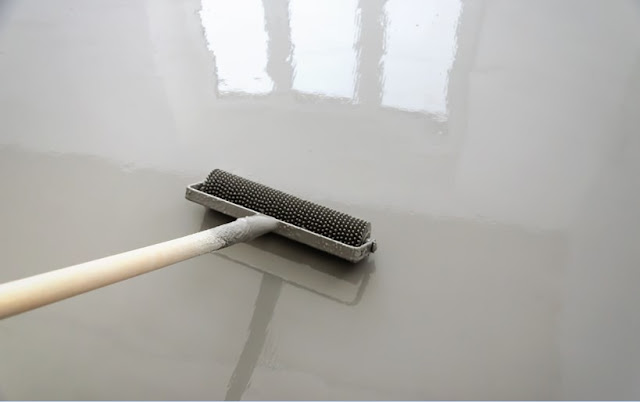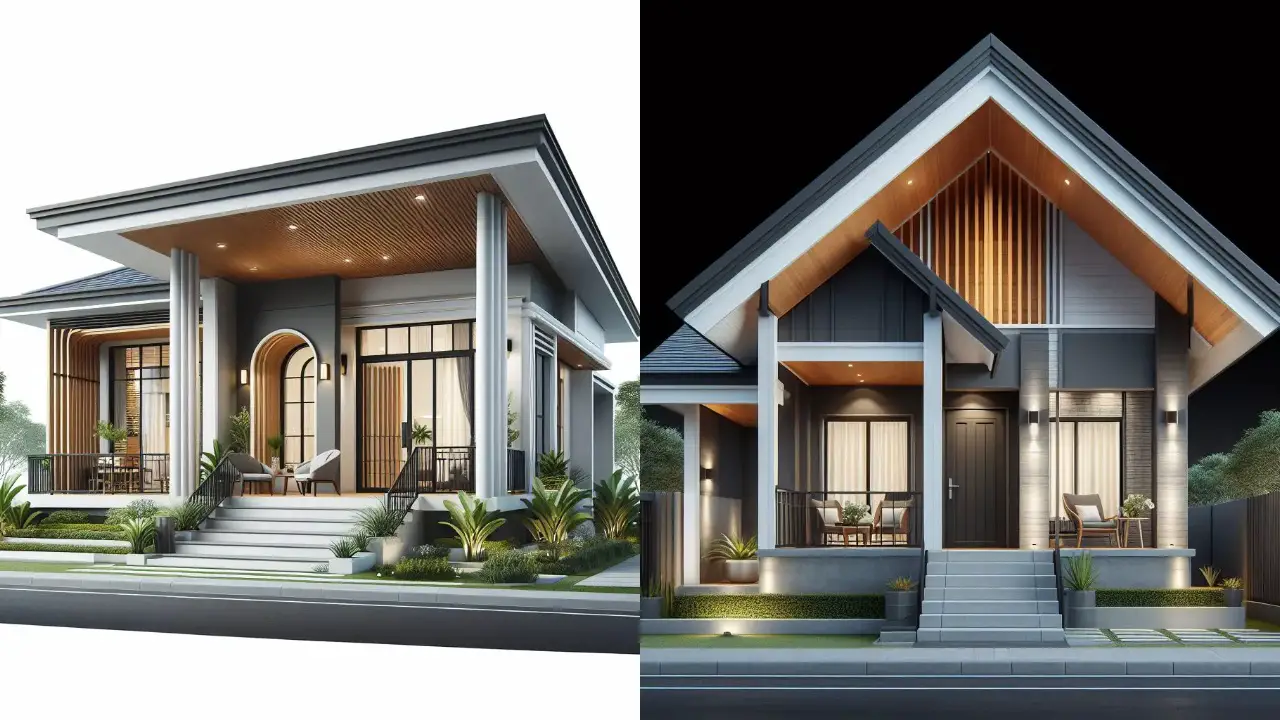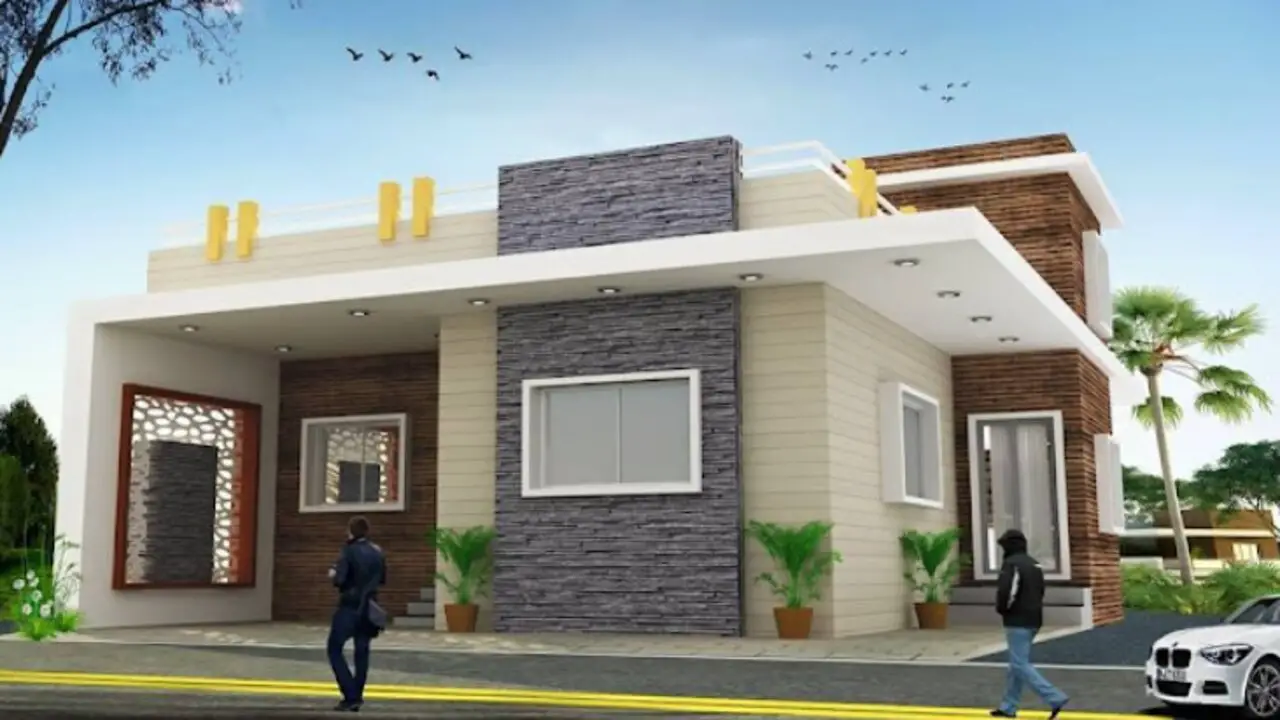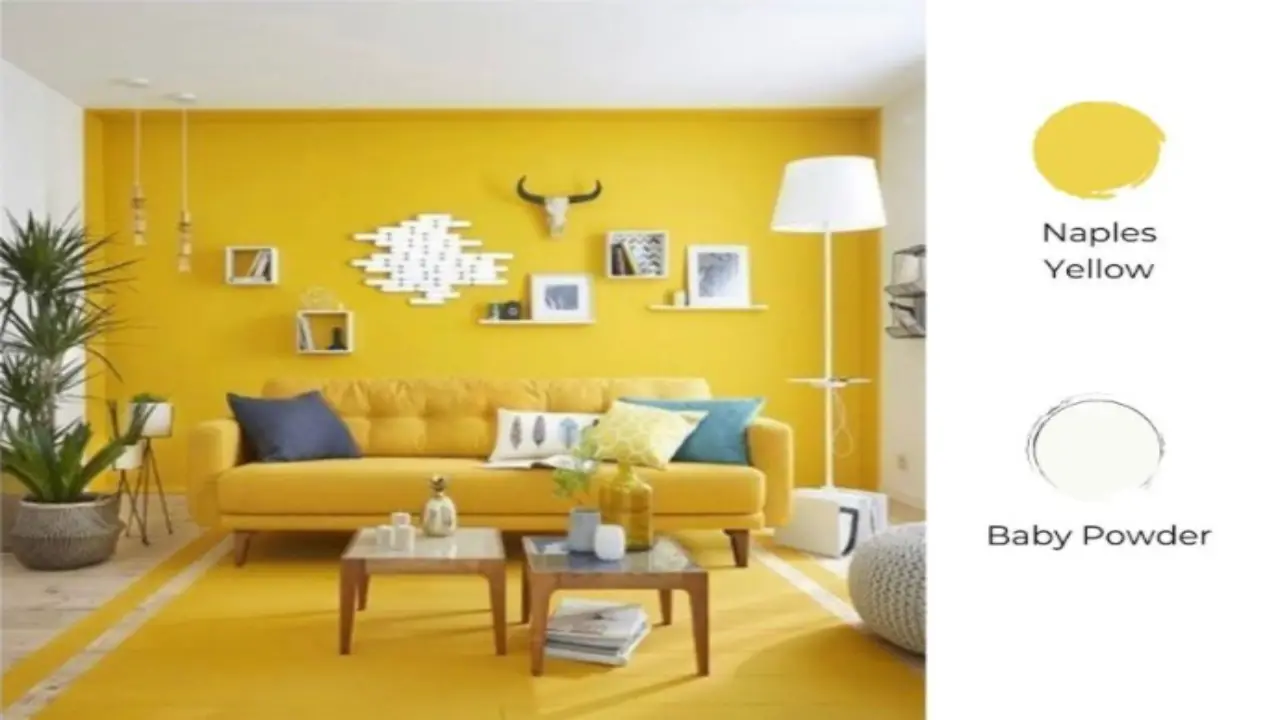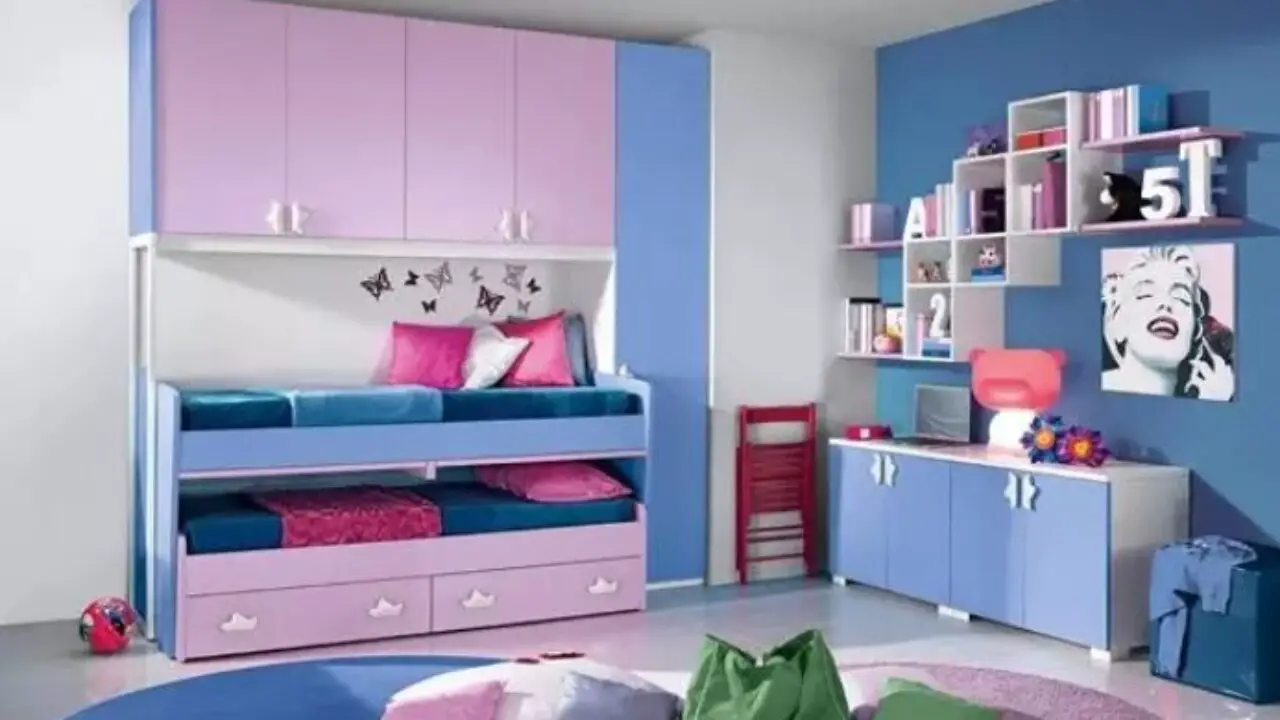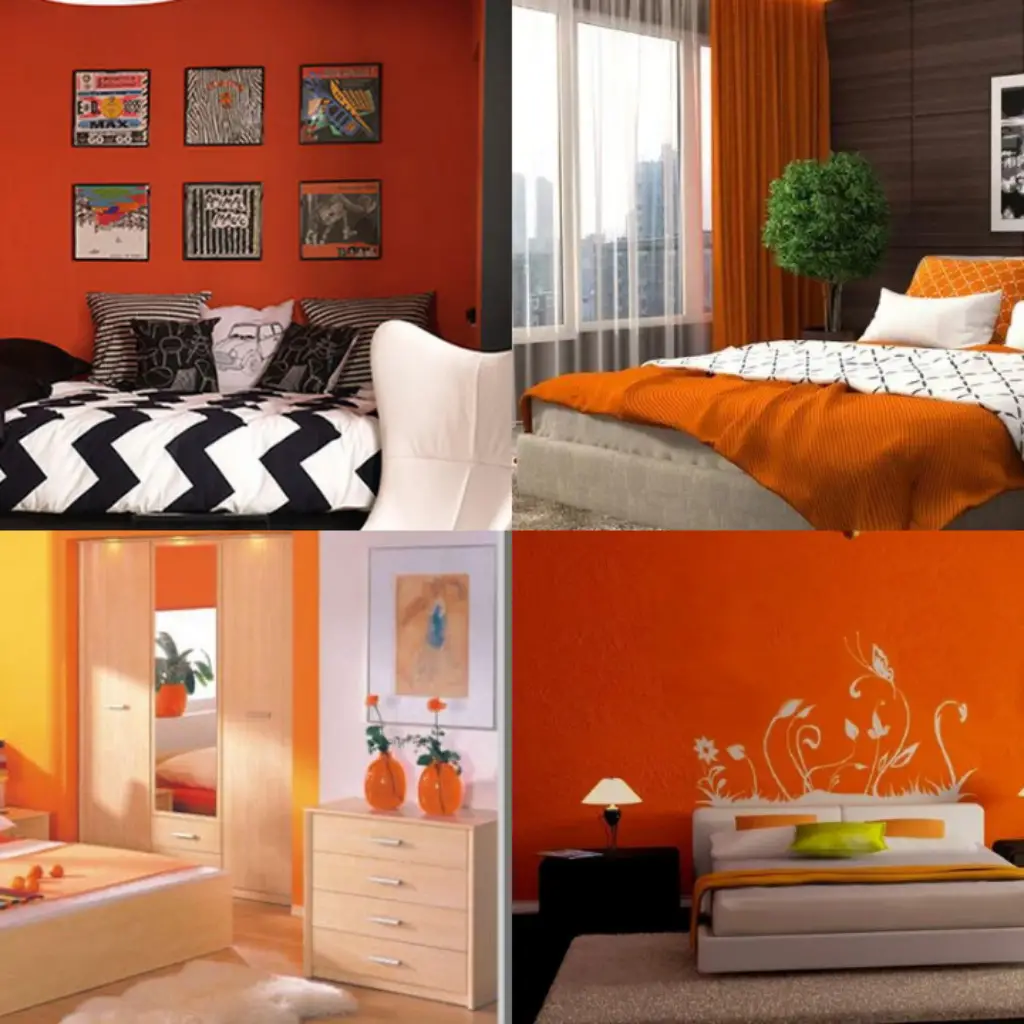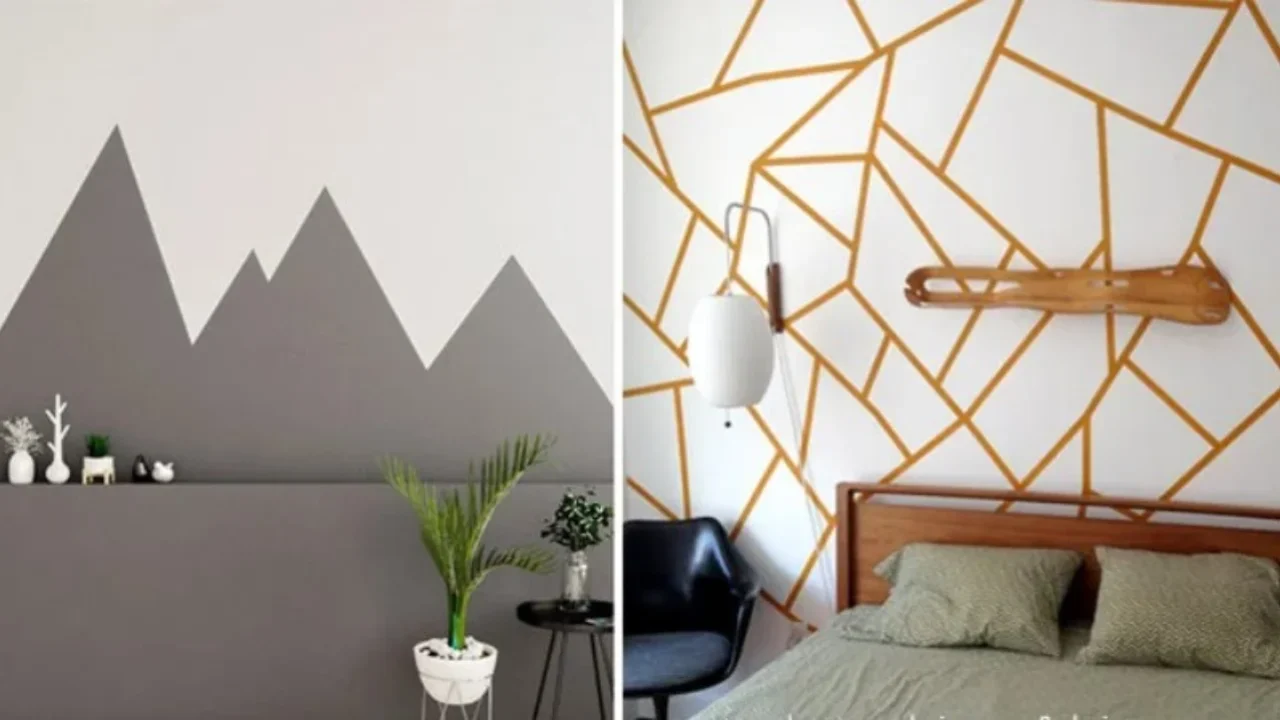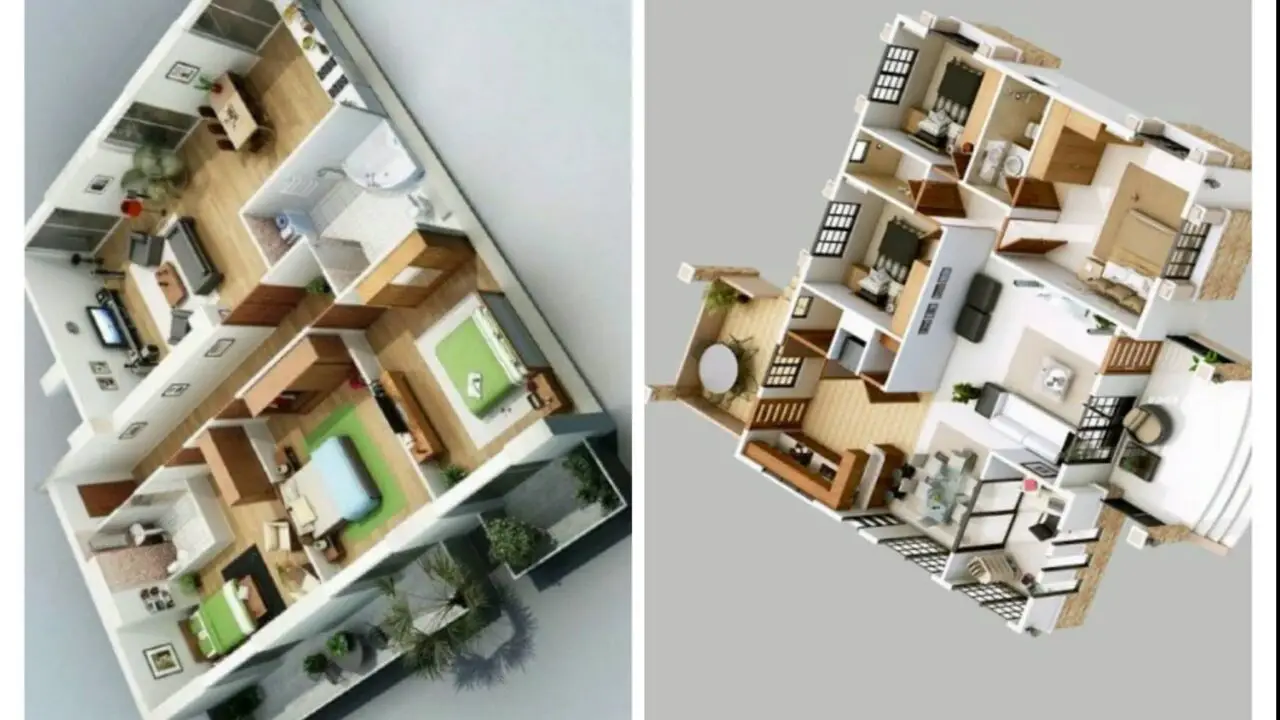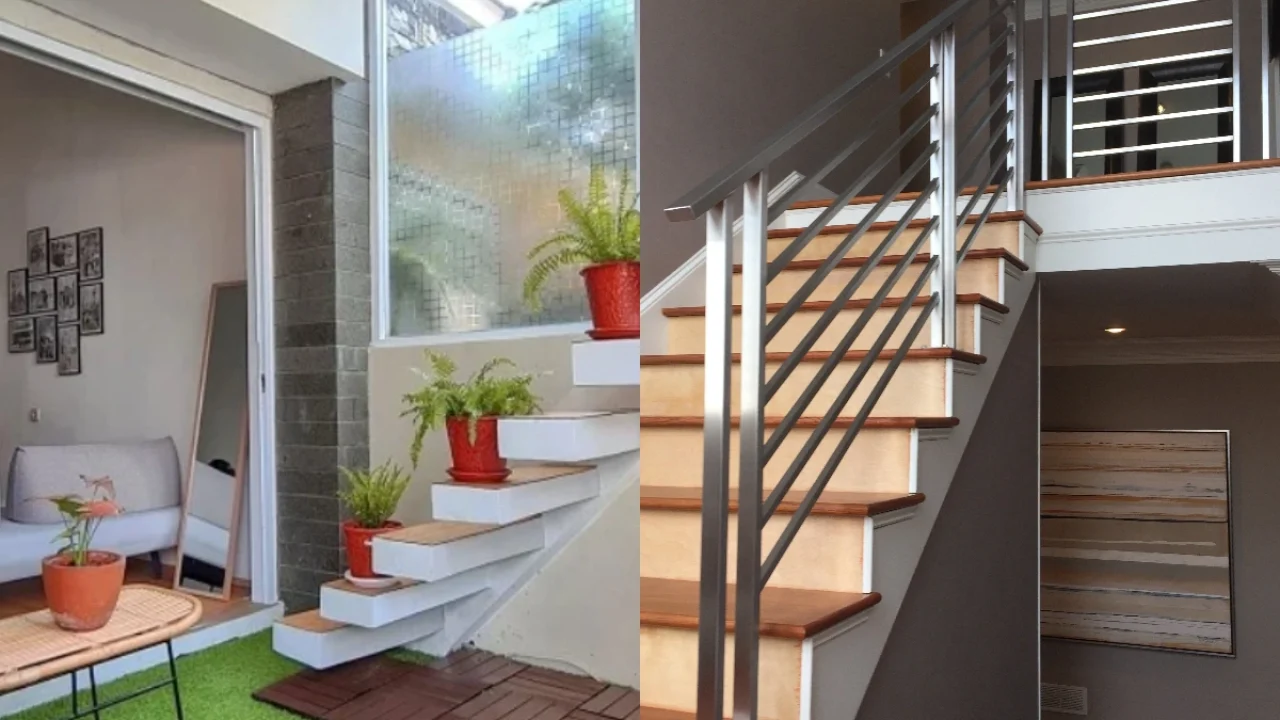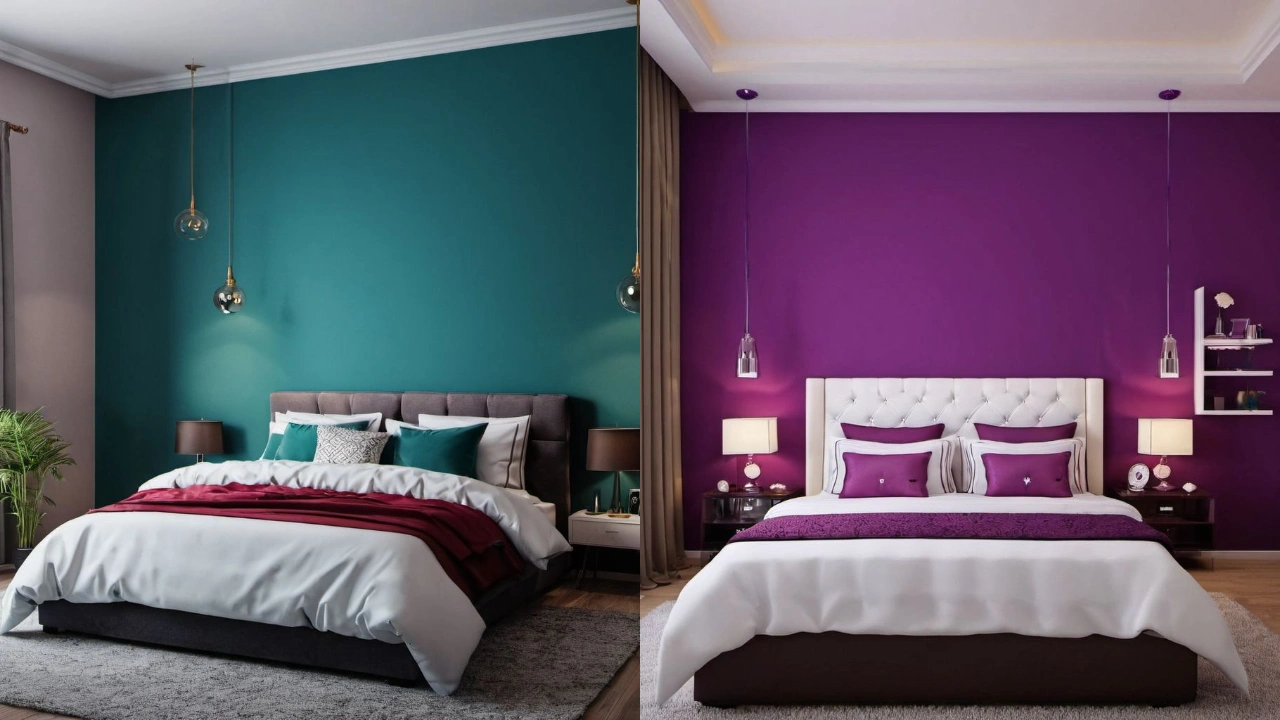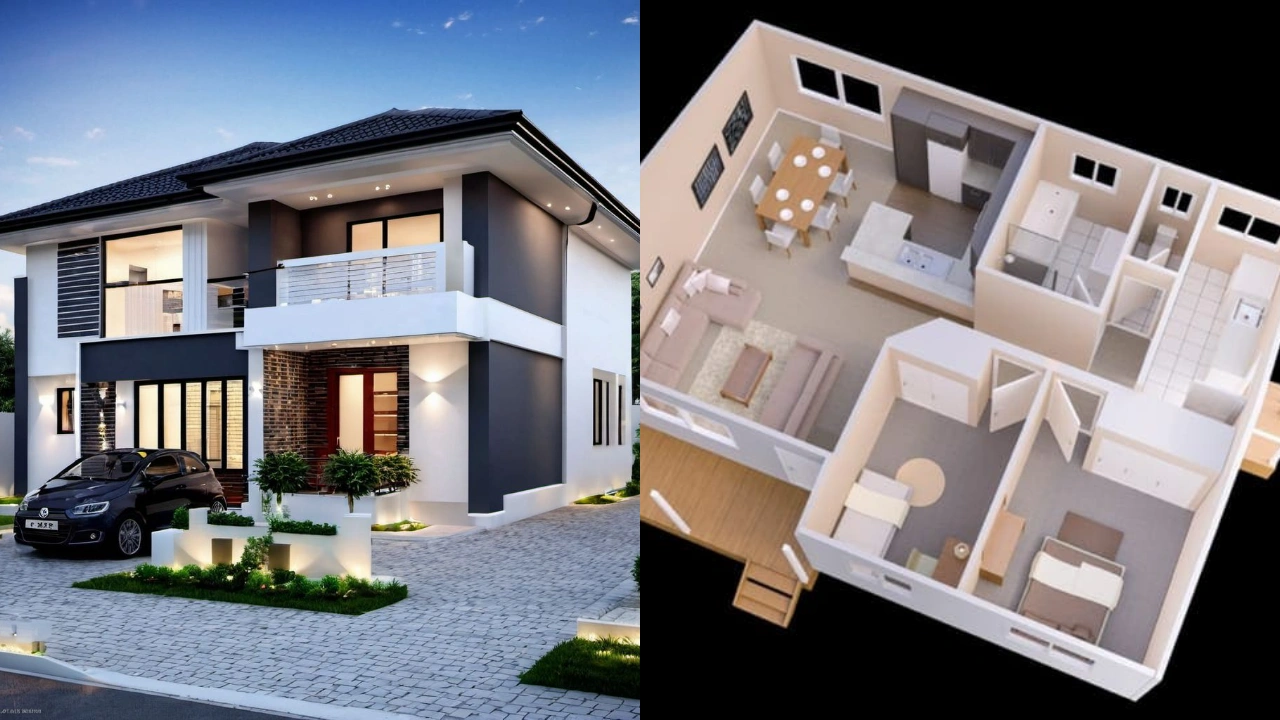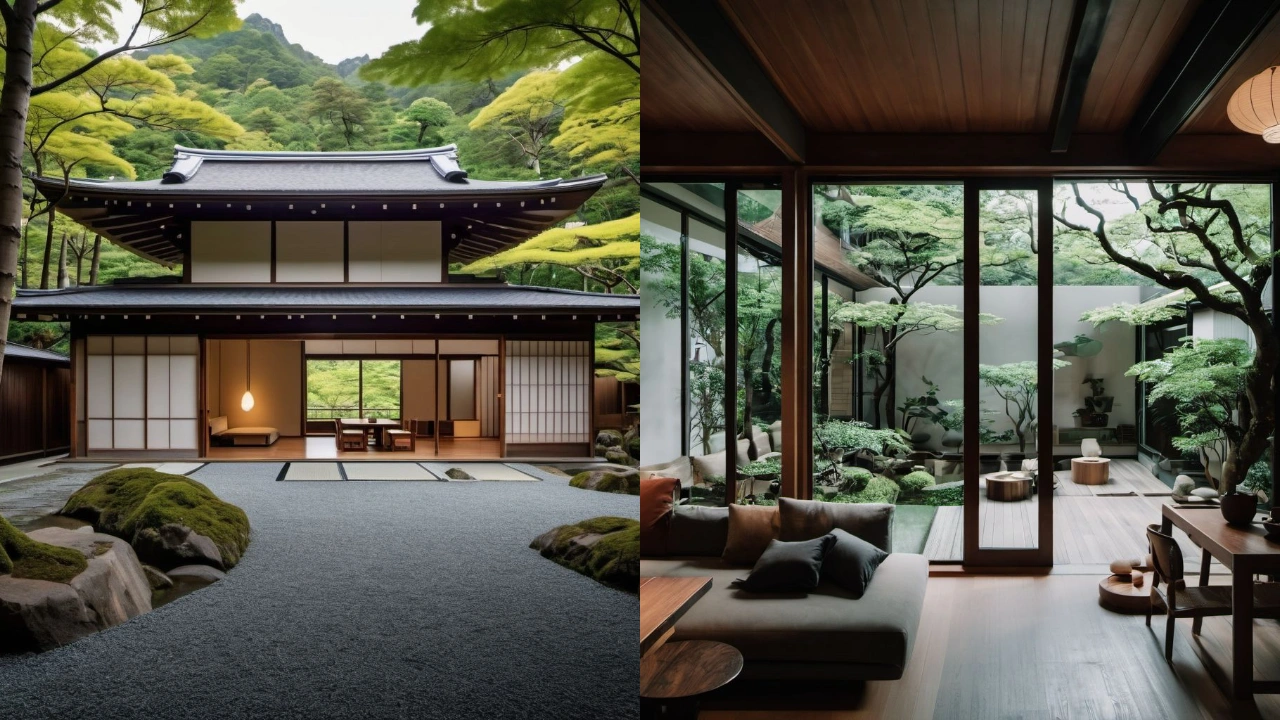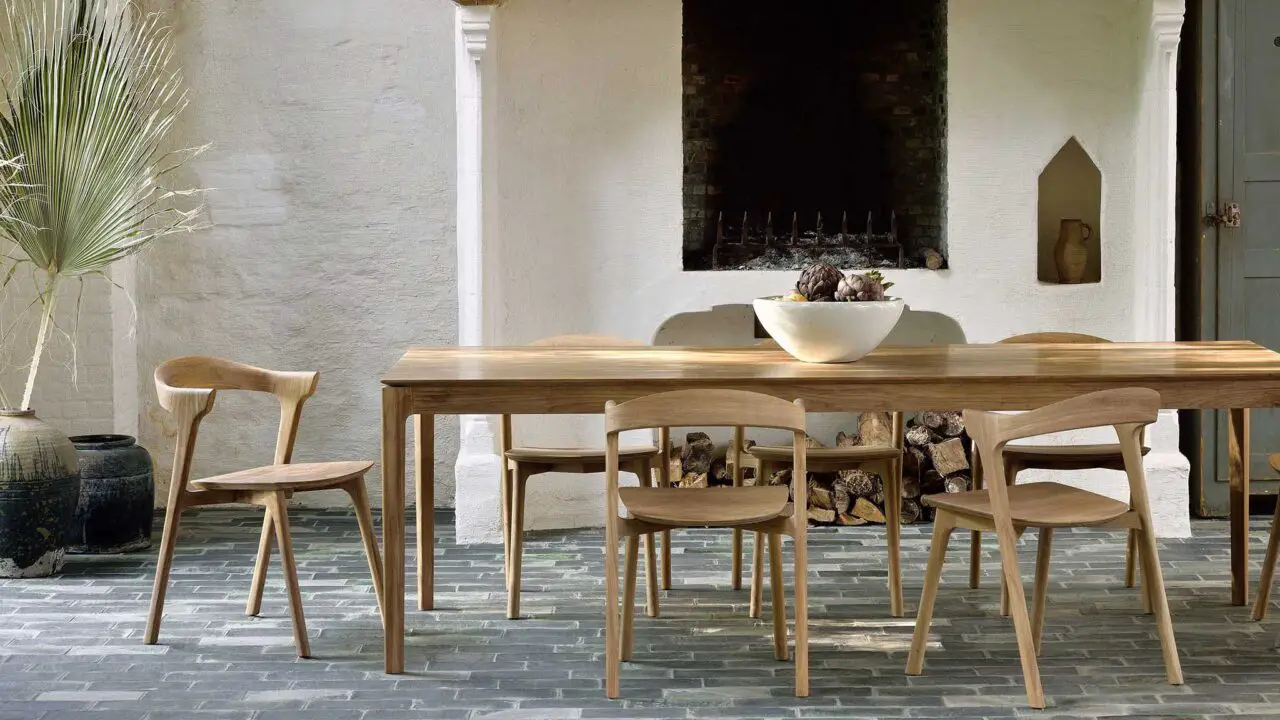Types of self-leveling floors, typical errors during pouring, manufacturers rating
The floor is the basis of any room, and in order for it to last as long as possible, and for the top coat to lay perfectly, it is necessary to properly prepare the base. To do this, in modern building materials there are self-leveling floors. They help to quickly and efficiently level the base for further laying of such finishes as laminate, parquet, ceramic tiles, porcelain stoneware, cork, linoleum or polymer floors.
It should be noted that today self-leveling floors can be used not only for leveling the base. They also help to solve such problems as sound insulation, underfloor heating, and the elimination of small height differences.
In this article, we will learn about the main types of self-leveling floors, consider the main mistakes when pouring, and also get acquainted with the rating of the best manufacturers.
Contents
- Types of self-leveling floor
- What to look for when choosing?
- The process of pouring a self-leveling floor
- The main mistakes in the process of pouring the floor
- Rating of the best self-leveling floors in USA
- 1. Best Overall Self-Leveling Underlayment—Rapid Set CTS Concrete Leveler
- 2. Best Self-Leveling Concrete for a Concrete Floor—Quikrete High-Performance Cement FastSet Self-Leveling Floor Resurfacer for Ceramic Tiles
- 3. Best Self-Leveling Concrete for a Flat Surface—HENRY 565 FloorPro
- 4. Best Self-Leveling Concrete for Indoor Floors—MAPEI Self Leveler Plus
- 5. Best Easy to Use Self-Leveling Concrete—Custom Building Products LevelQuik Extended Setting
- 6. Best Inexpensive Self-Leveling Concrete: Sika SikaLevel Self-Leveling Underlayment
- Related posts:
Types of self-leveling floor
As mentioned earlier, self-leveling floors are necessary to create an even base and eliminate minor defects. In comparison with screeds, the self-leveling floor is more mobile – the solution is simply poured over the base and distributed using a doctor blade or spiked roller. The result is a smooth surface that does not require grinding.
According to the composition, there are three main types of self-leveling floors:
- Gypsum – such coatings retain heat and noise well. Eco-friendly. They harden fairly quickly. It is important to remember that for further finishing, use is possible only in dry rooms. Not suitable for high loads.
- Cement – are characterized by high strength and moisture resistance. They have good adhesion to most materials. Can be used both indoors and outdoors. With a cement floor, you can not worry about shrinkage and cracking. Coatings are highly resistant to deformation. They have a long service life. Most often, they serve only as a base for further finishing. But if aesthetics does not play a role, then it can be used as a clean, finishing surface.
- Complex – one of the most popular type of self-leveling floors today. The composition of the material combines the strength of cement and the good spreadability of gypsum. It can be used for interior work in rooms with normal and high humidity.
See also: Features of the Construction and Decoration of Houses in the Finnish style
What to look for when choosing?
It is important to mention that in most cases self-leveling floors still need finishing laying. It can be tile, laminate, linoleum or parquet. If you do not plan further coverage, take a closer look at the line of self-leveling floors with an increased abrasion parameter.
Before use, be sure to read the technical data sheet of the material on the manufacturer’s website. Also, carefully read the instructions for use. Information on the preparation of the solution and the performance of work may contain important information for the correct mixing of proportions and further use.
The process of pouring a self-leveling floor
The process must begin with a quality base preparation. Potholes and detachments must be repaired with repair mixtures. Next, the surface should be cleaned of contaminants, including such as: oil stains, paint, bitumen, cement laitance – as they reduce the adhesion of the base to the material. Dust and debris from the surface is best removed with a vacuum cleaner.
It is recommended to glue a damper tape along the entire perimeter of the room; it will play the role of a compensator in the areas where the walls adjoin the floors.
The next important step is priming the working surface. It is necessary to strengthen it and increase the level of adhesion with the mortar when pouring the self-leveling floor. The primer must carefully treat the entire surface. If necessary, apply a second layer.
To prepare the solution, you will need a construction mixer or a drill with a special nozzle. In accordance with the instructions on the bag, it is necessary to pour the dry mixture into a container with clean water while constantly stirring it. After obtaining a homogeneous consistency, allow the solution to stand for several minutes. Then mix the solution again to remove some of the trapped air.
See also: Small Apartment Design Ideas (40 Photos)
Important! Do not further dilute the solution with water, even if it thickens. If this happens, it can be carefully placed, then it will acquire the desired consistency.
- Pour the finished solution in a continuous strip onto the floor in accordance with the width of the specified area.
- Spread the material over the entire surface using a notched trowel or squeegee.
- Finally distribute the solution by rolling over the surface of the spiked roller, this will help compact the material and remove entrained air bubbles from its composition.
- Similarly, the floor surface is poured in the remaining selected areas.
The main mistakes in the process of pouring the floor
The pouring process itself does not seem complicated, but making some mistakes can lead to undesirable consequences. We will analyze the main ones and tell you how to avoid them.
Fragile Foundation
With obvious cracks and detachments on the surface, it is not recommended to install self-leveling floors. Most likely, the further finish coating will also begin to deform. It is better to dismantle the old, low-quality base and prepare a new one.
Poor surface preparation
Before proceeding with the pouring, it is necessary to carefully prepare the base – clean, dust and treat with soil. If the surface is poorly prepared, the flow and adhesion of the mortar to the base will be significantly reduced.
Violation of the temperature and humidity regime
Failure to comply with the level of humidity and ambient temperature will lead to a decrease in the strength of the coating. When overheated, the surface will harden unevenly and, as a result, will begin to crumble. It is recommended to keep the room temperature within the range of +10ºС to +20ºС, and the degree of humidity should not exceed 60%.
Attempts to speed up drying
Accelerating the drying of the self-leveling floor using heat guns can lead to cracking of the material and the formation of bubbles. Overheating indoors or exposure to direct sunlight can lead to the same result. Close window openings in the room when working with self-leveling floors.
Drafts
When performing work on pouring the floor, it is necessary to close the windows and prevent drafts. In order to ventilate the room a little and reduce the degree of humidity, you can open the window on the second day.
See also: How to install PVC interlocking tiles
Rating of the best self-leveling floors in USA
Vetonit 4080 Universal self-leveling floor – belongs to the famous Vetonit brand of the same name. This self-leveling floor allows you to get a flat and durable surface. Ideal for laying any top coat. Distinctive characteristics of the product are strength, non-shrinkage, fire safety. Perhaps, both manual, and machine drawing.
1. Best Overall Self-Leveling Underlayment—Rapid Set CTS Concrete Leveler
Rapid Set’s concrete leveler is the top self-leveling compound for underlayments on this list. This is because the concrete makes flooring installation user-friendly, according to one reviewer that found it “easy to mix and apply.”
In just six to 16 hours, any floor coverings can be installed. The compound also has an extended work time of 20 minutes, which is enough time to get everything spread out nicely while still getting the job done efficiently.
With a compressive strength of 5,000 psi after 28 days, a customer also attested to the strength of this concrete mix, when they wrote, “Large truck and car traffic have no negative effect on it; very tough and hard finish.”
Specifications
Weight: 50 lbs
Coverage area: 24-30 ft² (at ¼-inch thick)
Compression strength: 5,000 psi
2. Best Self-Leveling Concrete for a Concrete Floor—Quikrete High-Performance Cement FastSet Self-Leveling Floor Resurfacer for Ceramic Tiles
Most self-leveling concrete mixes are only meant to be underlayments and cannot be left exposed. However, the Quikrete High-Performance FastSet cement resurfacer can be used under ceramic tile and other surfaces, built up to create concrete floors, or even to repair existing flooring. The self-leveling compound is very strong and can take wear even from outdoor elements.
The self-leveling concrete reviews on this product show that the recommended water ratio in the instructions is off. Customers who followed this procedure were getting maximum thickness from it instead of a smooth liquid. However, those that added an extra quart or two of water per bucket, achieved impressive results. The technical data sheet on the manufacturer’s website also suggested adding more water and mixing until the right consistency is achieved.
One customer had used this concrete to resurface their outdoor porch. They commented, “My porch is a small square of concrete that was excessively pitted and this product covered the pits and made it perfectly smooth.”
Specifications
Weight: 50 lbs
Coverage area: 25 ft² (at ¼-inch thick)
Compression strength: 5,500 psi
See also: 50 Pictures of Simple Village House Design (Classic and Modern)
3. Best Self-Leveling Concrete for a Flat Surface—HENRY 565 FloorPro
The HENRY FloorPro is a great floor leveler that can get a flat and smooth surface. This is due to how easy it is to use this self-leveling compound. Customers who followed the preparation instructions were able to create a consistent surface on the most uneven internal floors.
The self-leveling compound can flatten existing hard floors or provide a flat first layer to install new interior flooring on top of. This portland cement powder actually comes in white rather than the gray that traditional concrete comes in.
One user had to redo a bathroom floor that “had several humps and dips that would have made plank tile impossible.” They went on to write, “I used six bags of Henry 565 and the floor is now perfectly level.”
Specifications
Weight: 40 lbs
Coverage Aarea: 22 ft² (at ¼-inch thick)
Compression strength: 4,100 psi
4. Best Self-Leveling Concrete for Indoor Floors—MAPEI Self Leveler Plus
For any home DIY project, the MAPEI self-leveler creates a smooth and strong underlying floor. This compound is perfect for any indoor room. One customer was even able to use it with radiant heating installations and found that it “worked flawlessly.”
For the best result, this self-leveler should be used over a primer layer. Reviewers also recommended adding the maximum amount of water for more floor leveling.
“This was my first time using any concrete project on a home job,” a satisfied buyer commented. “Following directions, it was absolutely easy and the final product was perfect.” They added that the concrete floors were “strong and smooth, even across my three rooms.”
Specifications
Weight: 50 lbs
Coverage area: 24 ft² (at ¼-inch thick)
Compression strength: 4,200 psi
5. Best Easy to Use Self-Leveling Concrete—Custom Building Products LevelQuik Extended Setting
A user-friendly, self-leveling compound, such as the Custom Building Products LevelQuik ES concrete, eliminates common application issues like patchiness, crumbling, and unevenness. Thanks to the longer working time of 15 minutes, and the fact that the powder form is easy to combine with water, users don’t have to worry about these complications.
This mixture of calcium aluminate cement is of much higher quality and strength than traditional versions. This means that the concrete floor will be less prone to cracking. It can also control liquid to avoid a permanently stained final surface.
Compared to the LevelQuik Rapid Setting concrete, the Extended Setting was much nicer to work with. One shopper found that “it’s a little more liquidity than the RS which makes leveling easier.”
Specifications
Weight: 50 lbs
Coverage area: 23–24 ft² (at ¼-inch thick)
Compression strength: 4,300 psi
6. Best Inexpensive Self-Leveling Concrete: Sika SikaLevel Self-Leveling Underlayment
When installing flooring in a new house or redoing existing floors, one bag is never enough to cover the entire floor of multiple rooms. That is why a budget-friendly option, such as the Sika SikaLevel underlayment is a lifesaver. One happy customer stated that this is the “best product for the money. Self-leveling cement is very expensive. This one is cheaper than [any others] that I could find.”
Sika’s self-leveling concrete creates a walkable surface in just two to three hours, yet it still has a rather lengthy work time of 25 minutes. This makes the flooring project easy but quicker than standard. To ensure self-leveling capabilities, reviewers noted that more water must be added than what is called for in the instructions.
Another buyer detailed their experience when leveling their 1,000 square feet of existing concrete floor that was very uneven and wavy. They wrote, “Given the terrible condition of the floor, to begin with, this was a huge improvement and worth the investment.”
Specifications
Weight: 50 lbs
Coverage area: 21 ft² (at ¼-inch thick)
Compression strength: 3,750 psi
Check out other designs directly from your cellphone via WhatsApp Channel: https://whatsapp.com/channel/0029VaASACYFXUuYULZWe939.


